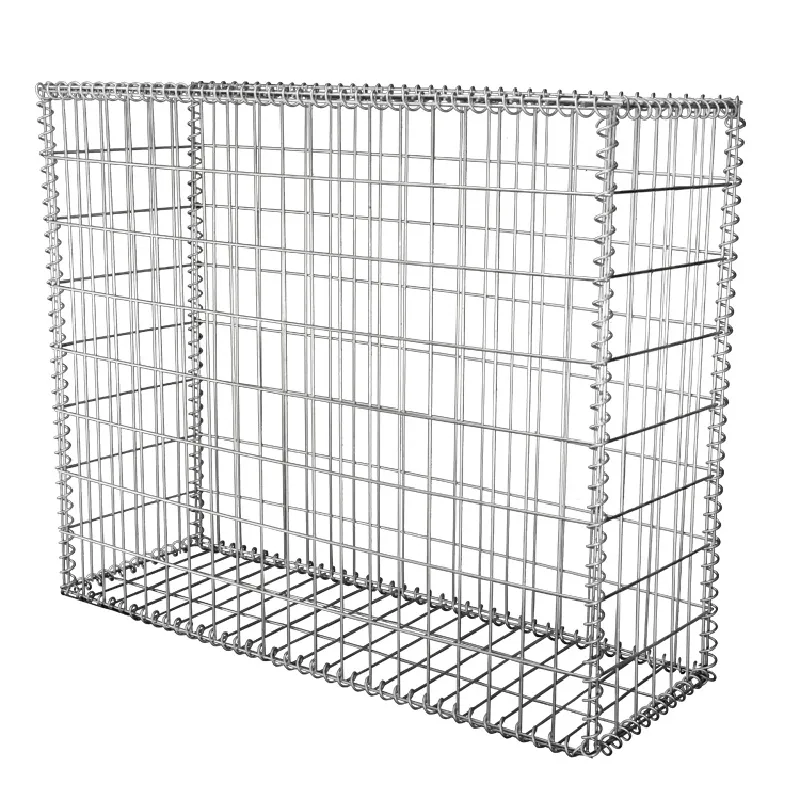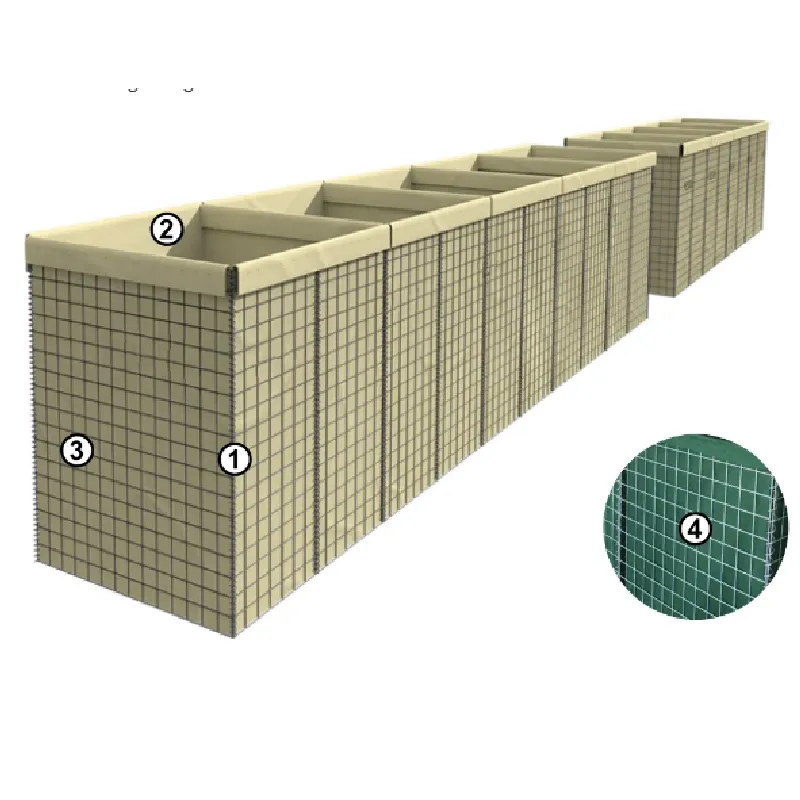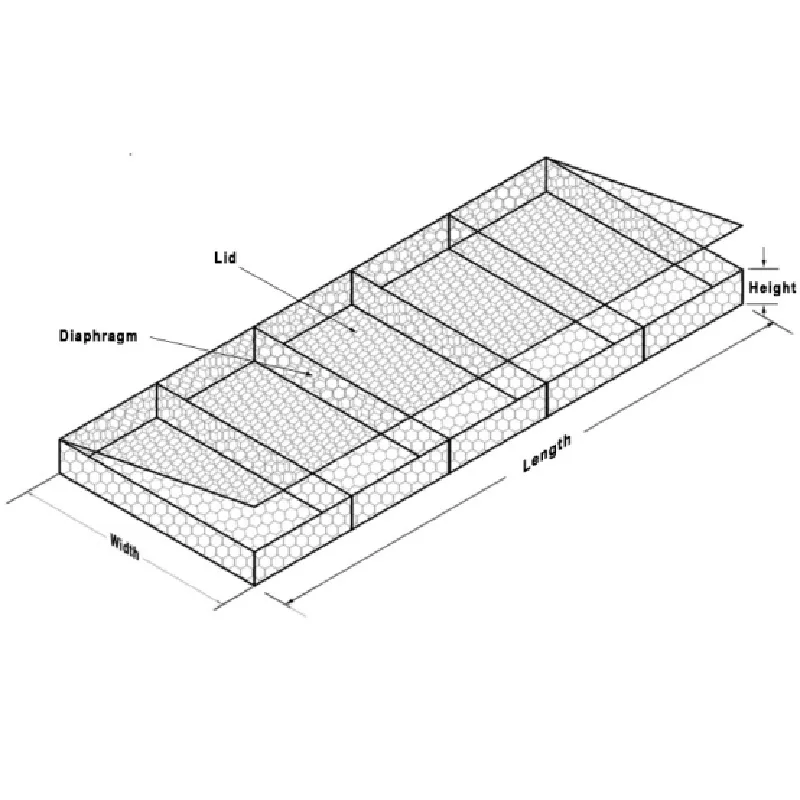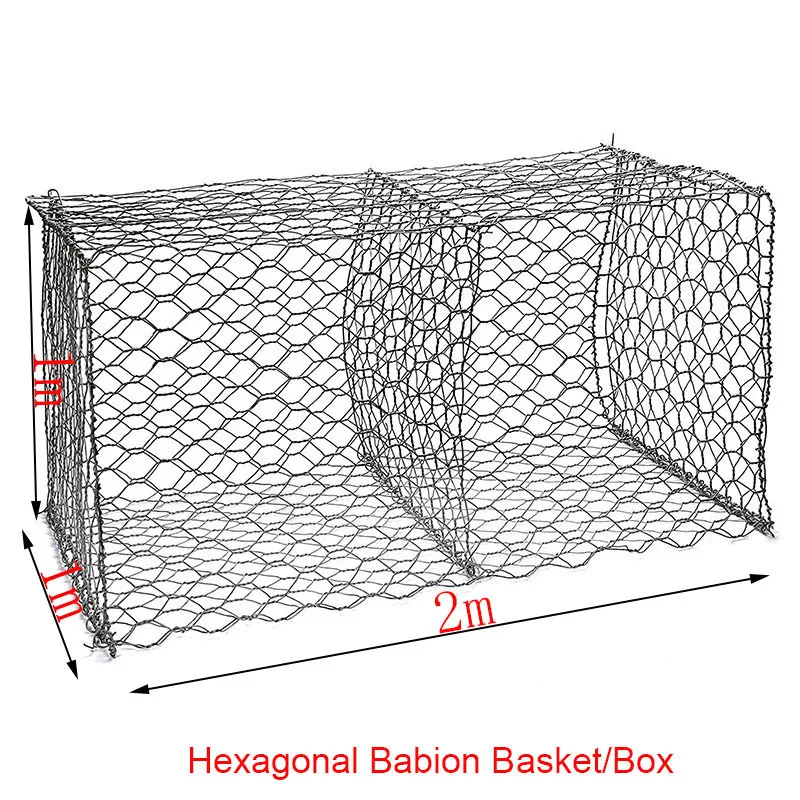Gabion Basket
How Do I Install Gabion Baskets Properly?
Installing gabion baskets involves a few essential steps to ensure stability and effectiveness. Begin by selecting a suitable location that is level and has good drainage. If using gabion baskets for erosion control or as a retaining wall, it's important to prepare the site by clearing any vegetation, debris, or loose soil. Next, lay a geotextile fabric on the ground where the baskets will be placed; this helps prevent soil erosion and allows water drainage while keeping sediment in place. Once the area is prepared, position the empty gabion baskets in the desired layout. It’s advisable to start with larger baskets at the bottom and smaller ones on top for added stability. After positioning, fill the baskets with clean, angular rocks or stones, ensuring that the material is packed tightly to prevent shifting. Use larger stones for the base and smaller ones to fill gaps. Once filled, securely close the baskets using the attached lids or ties, ensuring they are tightly sealed. Finally, if the baskets are part of a retaining wall, it’s essential to backfill with soil behind the structure to provide additional support. By following these steps, you can ensure a successful installation of gabion baskets that effectively serve their intended purpose.
What Materials Can Be Used To Fill Gabion Baskets?
Gabion baskets can be filled with various materials, depending on the intended application and desired aesthetic. The most common filling material is natural stone or rock, as it provides weight and stability. Angular stones are preferred over rounded ones because they interlock better, reducing movement within the basket. Typical choices include granite, limestone, or river rock, which are often readily available and cost-effective. For decorative purposes, gabion baskets can be filled with a variety of materials, such as colored gravel or glass, allowing for creative and visually appealing designs in landscaping. In some cases, recycled materials like concrete chunks, bricks, or even rubble can be used, promoting sustainability and reducing waste. Additionally, gabion baskets can be filled with soil and planted with vegetation, creating a green wall that not only stabilizes slopes but also enhances the landscape. This method encourages plant growth and can attract wildlife, contributing to biodiversity. When selecting filling materials, it's important to consider local availability, cost, and how the materials will perform under various environmental conditions. Overall, the versatility of filling options allows gabion baskets to be customized for both functional and aesthetic needs.








